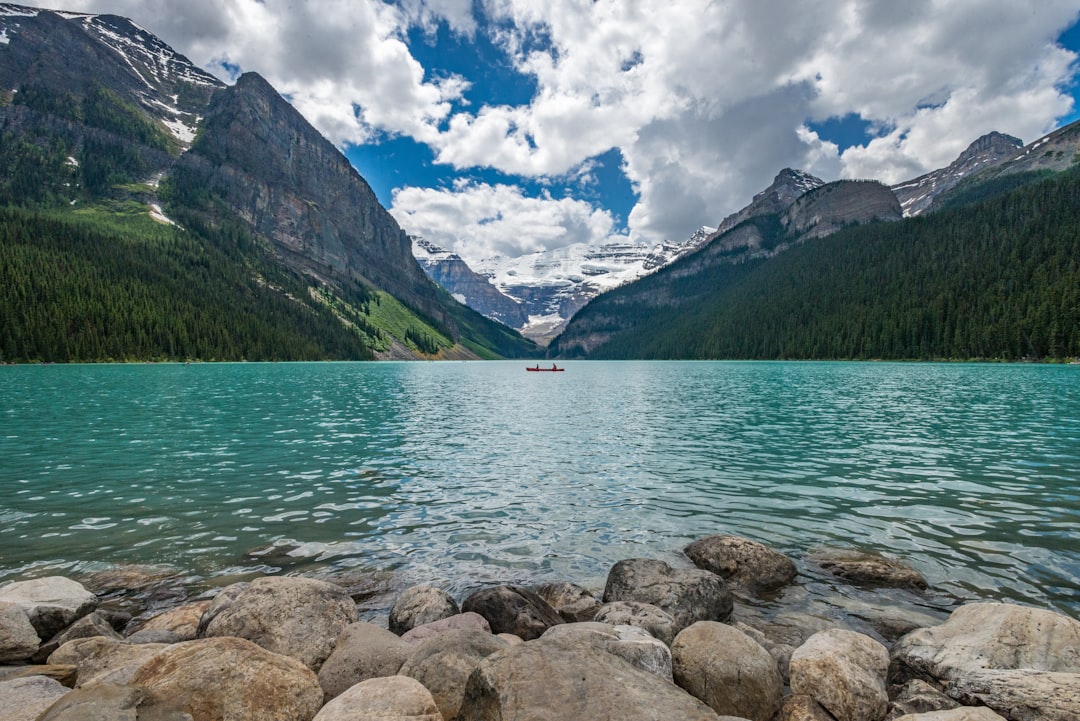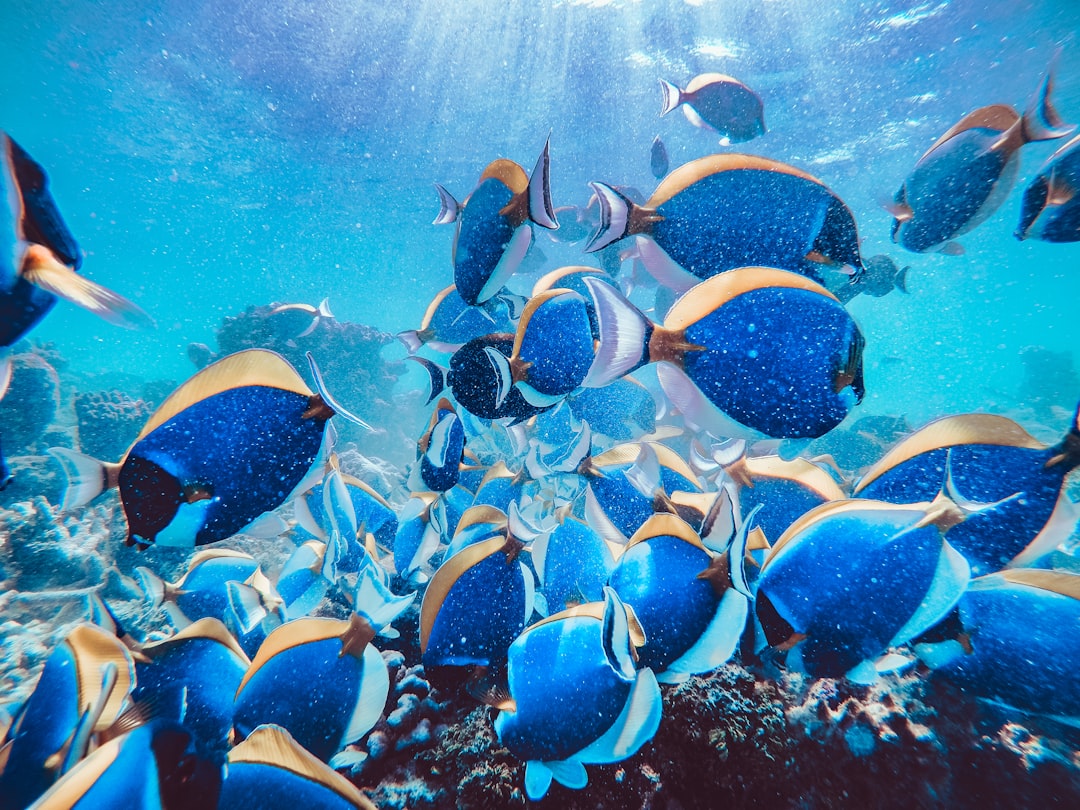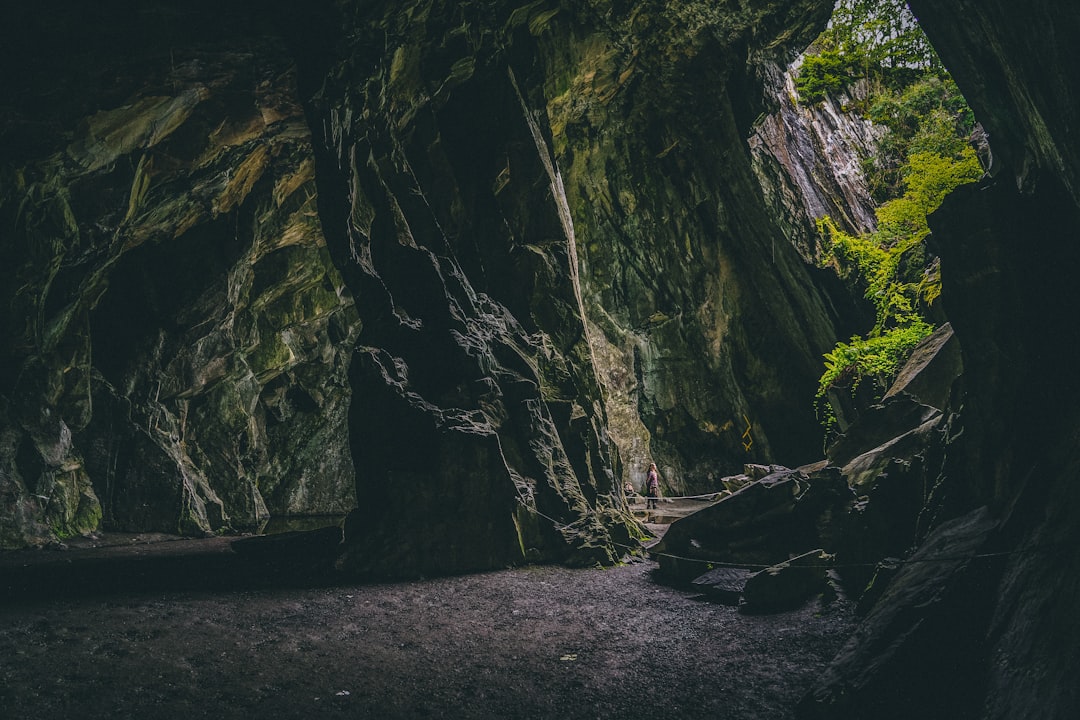What is it about?
The growth pattern of the Polish phytosaur Parasuchus cf. arenaceus and the aetosaur Stagonolepis olenkae (both Krasiejów; Norian) was studied. Results were compared to published data of other members of these two groups and to a new sample of the German (Heslach; Norian) phytosaur Nicrosaurus sp. All three herein studied taxa display lamellar-zonal bone consisting predominately of parallel-fibred tissue and on average a low to moderate vascular density. Towards the outer cortex the thickness of annuli increases in most samples and becomes distinctly wider than the zones. Therefore, most of the appositional growth in adults was achieved during phases of prolonged slow growth. All bones show a diffuse growth pattern, without well demarcated zones and annuli. Distinct lines of arrested growth (lag) are not identified in the Krasiejów sample, only the Nicrosaurus femur shows one distinct lag as do other taxa outside Krasiejów. Instead, the Krasiejów taxa display multiple rest lines and sub-cycles. Thus, identification and count of annual growth cycles remains difficult, the finally counted annual growth cycles range (two to six) is quite large despite the low size range of the samples. A correlation between age and bone length is not identified, indicating developmental plasticity. Although both are archosaurs, Stagonolepis and Parasuchus are phylogenetically not closely related, however, they show a very similar growth pattern, despite different life styles (terrestrial vs. semi-aquatic). Based on the new data, and previously histological studies from Krasiejów, the local environmental conditions were special and had a strong influence on the growth pattern.
Featured Image

Photo by Brian Wangenheim on Unsplash
Why is it important?
This study showed, that not so closely related species, occuring in the unique Krasiejów locality, 'copyied' their growth pattern, whereas animals closely related, but living in diffent loclaities during the Late Triassic time were growing differently. This reveals, that the external factors e.g., environment and/or climate have a greater impact on the growth that the phylogenetic/genetic precursor.
Perspectives
More studies, analyzing taxa originating from the same locality, need to be performed in the future.
Elzbieta Teschner
Rheinische Friedrich-Wilhelms-Universitat Bonn
Read the Original
This page is a summary of: Growth and limb bone histology of aetosaurs and phytosaurs from the Late Triassic Krasiejów locality (sw Poland) reveals strong environmental influence on growth pattern, Contributions to Zoology, May 2022, Brill,
DOI: 10.1163/18759866-bja10031.
You can read the full text:
Resources
Contributors
The following have contributed to this page










